curing joint compound
carp5gr
14 years ago
Featured Answer
Sort by:Oldest
Comments (30)
macv
14 years agolast modified: 9 years agocarp5gr
14 years agolast modified: 9 years agoRelated Professionals
Beavercreek Kitchen & Bathroom Designers · Freehold Kitchen & Bathroom Designers · Elk Grove Village Kitchen & Bathroom Remodelers · Fremont Kitchen & Bathroom Remodelers · Spokane Kitchen & Bathroom Remodelers · Bloomingdale Interior Designers & Decorators · Struthers Interior Designers & Decorators · Washington Interior Designers & Decorators · Bound Brook General Contractors · Bowling Green General Contractors · Lakewood General Contractors · Lewisburg General Contractors · Markham General Contractors · Nampa General Contractors · Austintown General ContractorsUser
14 years agolast modified: 9 years agomacv
14 years agolast modified: 9 years agosombreuil_mongrel
14 years agolast modified: 9 years agomacv
14 years agolast modified: 9 years agocarp5gr
14 years agolast modified: 9 years agosierraeast
14 years agolast modified: 9 years agobrickeyee
14 years agolast modified: 9 years agomacv
14 years agolast modified: 9 years agobrickeyee
14 years agolast modified: 9 years agomacv
14 years agolast modified: 9 years agoUser
14 years agolast modified: 9 years agomanhattan42
14 years agolast modified: 9 years agoalphonse
14 years agolast modified: 9 years agosierraeast
14 years agolast modified: 9 years agoUser
14 years agolast modified: 9 years agosombreuil_mongrel
14 years agolast modified: 9 years agobrickeyee
14 years agolast modified: 9 years agomacv
14 years agolast modified: 9 years agoUser
14 years agolast modified: 9 years agobrickeyee
14 years agolast modified: 9 years agosierraeast
14 years agolast modified: 9 years agotexasredhead
14 years agolast modified: 9 years agomanhattan42
14 years agolast modified: 9 years agoalphonse
14 years agolast modified: 9 years agomacv
14 years agolast modified: 9 years agosombreuil_mongrel
14 years agolast modified: 9 years agosierraeast
14 years agolast modified: 9 years ago
Related Stories
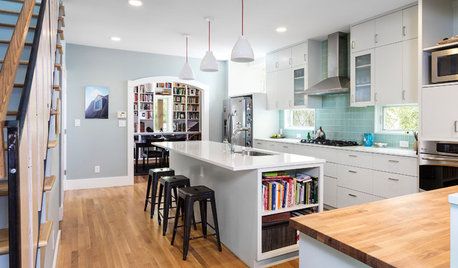
MOST POPULAR6 Kitchen Flooring Materials to Boost Your Cooking Comfort
Give your joints a break while you're standing at the stove, with these resilient and beautiful materials for kitchen floors
Full Story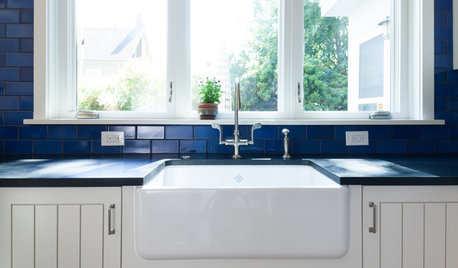
KITCHEN DESIGNKitchen Sinks: Fireclay Brims With Heavy-Duty Character
Cured at fiery temperatures, fireclay makes for farmhouse sinks that just say no to scratches and dents
Full Story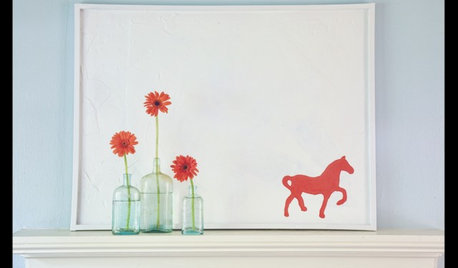
CRAFTSDIY Project: Home Improvement Store Pop Art
Turn Drywall Mud and Paint Into a Minimalist Conversation Piece
Full Story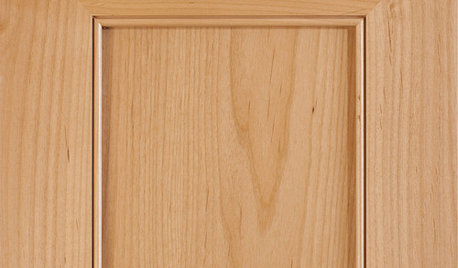
DESIGN DICTIONARYMiter
A miter cuts right to the point with beveled edges on moldings, cabinet doors and more
Full Story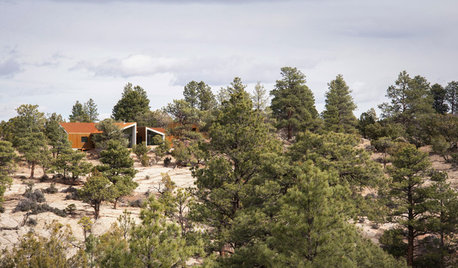
HOUZZ TOURSHouzz Tour: Red Rock Desert Views in a Utah Wilderness Retreat
A couple’s vacation home, studio-garage and guesthouse sit easily on their 40-acre site near a national park
Full Story
SIDE YARD IDEASNarrow Trees for Tight Garden Spaces
Boost interest in a side yard or another space-challenged area with the fragrance and color of these columnar trees
Full Story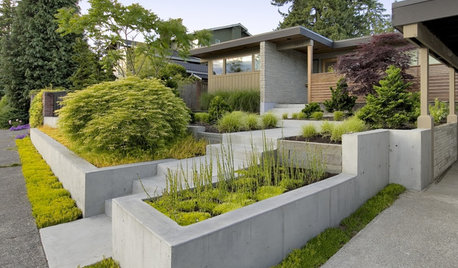
LANDSCAPE DESIGNGarden Walls: Pour On the Style With Concrete
There's no end to what you — make that your contractor — can create using this strong and low-maintenance material
Full Story
REMODELING GUIDESContractor Tips: How to Install Tile
Before you pick up a single tile, pull from these tips for expert results
Full Story
BATHROOM DESIGNHow to Match Tile Heights for a Perfect Installation
Irregular tile heights can mar the look of your bathroom. Here's how to counter the differences
Full Story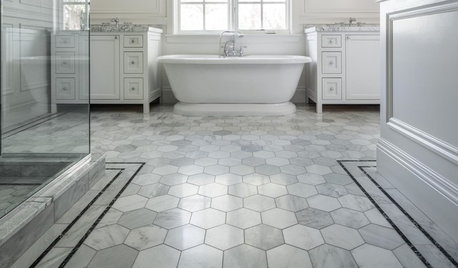
TILEWhy Bathroom Floors Need to Move
Want to prevent popped-up tiles and unsightly cracks? Get a grip on the principles of expansion and contraction
Full Story





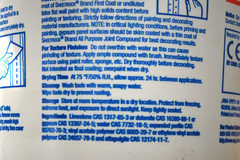
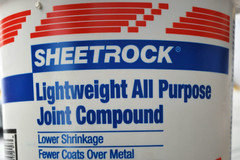
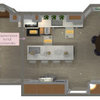

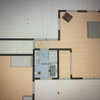

macv